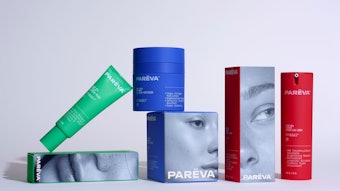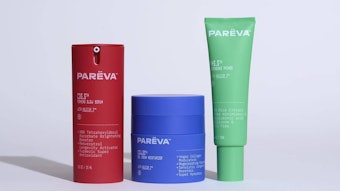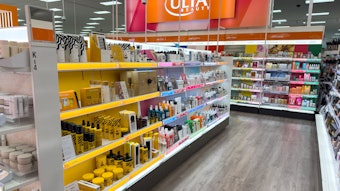A rise in visits to professional outlets for skin care treatments in 2010 gave way to sales growth for the global professional skin care products market. While Japan remained flat with 0.1% growth, Europe recovered in 2010, posting a 3.0% increase following a 3.3% decline in 2009, and sales in the United States increased by 2.7% in 2010, according to a study, Professional Skin Care 2010 Global Series: Market Analysis and Opportunities, by consulting and research firm Kline & Company.
Most of the leading professional skin care companies enjoyed respectable sales gains in 2010. Brands from the medical care providers channel reaped the strongest growth, with SkinMedica and SkinCeuticals posting double-digit gains. Market leader Obagi, entrenched in the medical care providers segment, maintained its leading position in the U.S. market, experiencing a 13% sales gain for the year.
In the highly fragmented markets of Europe and Japan, Guinot was the leading brand in 2010. While some brands are well-established in a single professional channel, such as Sothys and SkinMedica, an increasing number of professional skin care brands adopt multichannel strategies.
Spas and salons remains the largest purchase channel in the United States, but market share for the channel continues to decline due to stiff competition from other channels and the general market for facial treatment products. Beauty institutes are the leaders in both Europe with 59% and Japan with nearly 68% of market share. Spurred by customers’ trust in doctor’s knowledge in managing various types of skin problems, the medical care providers channel has grown the most in 2010 across all regions.
A number of professional outlets are now offering noninvasive alternatives to invasive cosmetic procedures. Marketers also want to appeal to a wider group of consumers, such as teenagers, mature clients, pregnant women and men by expanding their portfolio with specifically targeted product lines.
“Looking ahead, there are several areas that marketers should take into consideration for future planning,” suggests Karen Doskow, industry manager at Kline’s consumer products practice. “They should be working closely with accounts to help them adapt to the new consumer demand and stock the products that will cover the most prevalent of skin care concerns.” Introducing smaller sizes of products for retail to appeal to a more frugal consumer would be another strategy to consider, Doskow points out.
Kline also noted the industry experienced a slight but recognizable growth in 2010. During the next five years, the market is expected to increase at a compound annual growth rate of 4.2% in Europe, 6.7% in the United States, and 2.6% in Japan.










